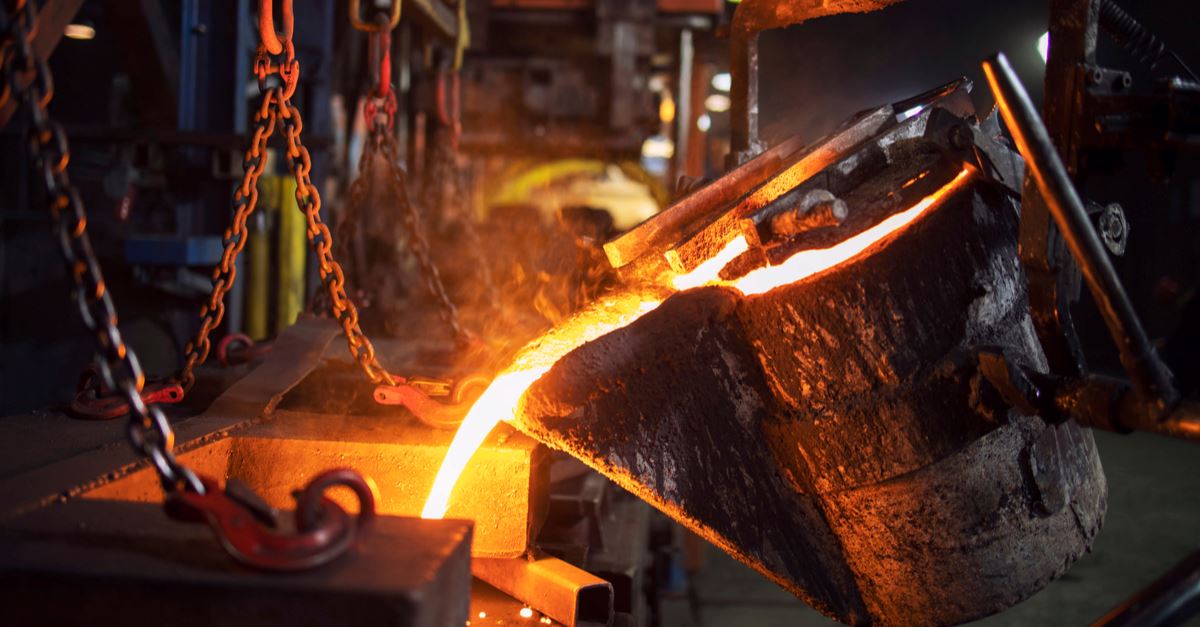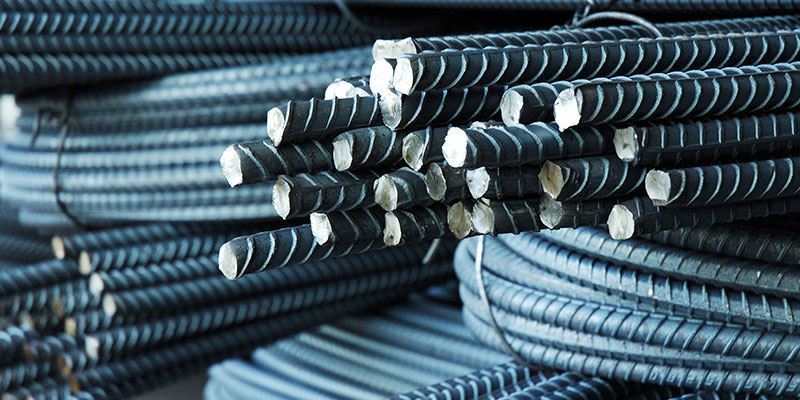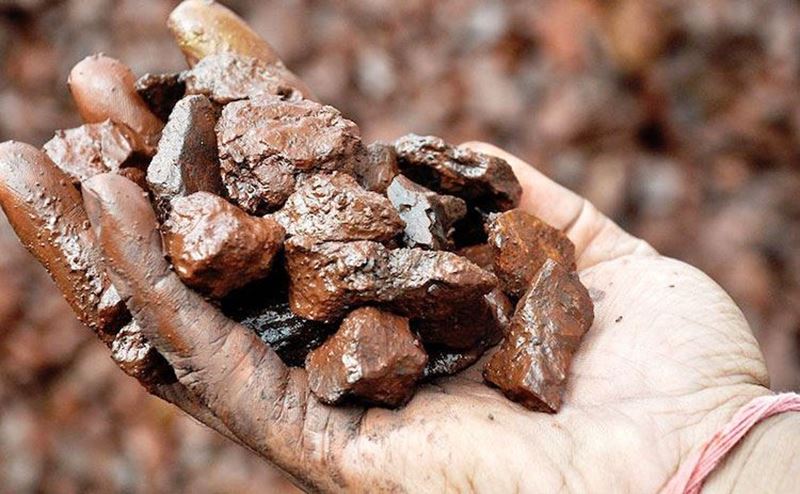South Africa is one of the leading countries in the region and on the continent, with rich underground and above-ground resources and industry, and is also a major steel exporter. However, changes in international trade, especially factors such as declining demand in major markets or trade wars, can negatively affect the country's steel production. South Africa has suffered economically due to the COVID-19 pandemic. The pandemic caused fluctuations in consumer demand and industrial production. These fluctuations affected steel demand and led to a decline in steel production. South Africa was affected by global economic fluctuations, which had a negative impact on demand.
Looking at world steel production, South Africa's crude steel production declined in 2022. From 5 million tons (Mt) in 2021 to 4.4 million tons (Mt) in 2022. While South Africa's steel production depends on the supply of raw materials such as iron ore, global demand dynamics changed in 2022 with commodity price fluctuations. In some periods, high prices increased production costs, while low prices reduced the profitability of some producers.
In the second quarter of 2022, unemployment in the country was 33.9 percent. Then, the strike in 2022 by Transnet, the national transportation company that operates South Africa's Durban and Cape Town ports and the country's railways, caused serious disruptions in the flow of production and goods in the country, and coal and iron exports also stopped.
South Africa's energy infrastructure is subject to frequent outages and restrictions, a major problem for energy-intensive industries such as steel production. Power outages have greatly affected production continuity and productivity and have led to reduced demand in some major export markets. This has negatively impacted South Africa's steel exports. In 2022, economic uncertainties led the industry to postpone some investment and modernization projects, resulting in reduced production capacity. At the same time, lower emission targets or tightening of environmental permits caused some producers to reduce their production capacity or revise their operations.
Despite these challenges, South Africa recorded an increase in crude steel production in 2023. The country's crude steel production increased from 4.4 million tons (Mt) to 4.9 million tons (Mt). In 2022 and 2023, the average production increase reached a significant 10.6 million tons (Mt). With this increase in steel production, South Africa has performed strongly in terms of economic growth and industrialization. South Africa frequently exports its steel products to different countries. Important export markets include Asia, Europe and African countries. Potential markets for South African steel products include China, India, European Union countries, the United States of America and other developed economies. Due to the competitive conditions in international markets, the country's steel sector has become more efficient. With competitive prices and high quality products, South Africa has the potential to capture a larger share of the international market. This increase in South Africa's steel sector highlights the country's economic and industrial potential and has begun to lay a solid foundation for further growth and development in the future.









Comments
No comment yet.